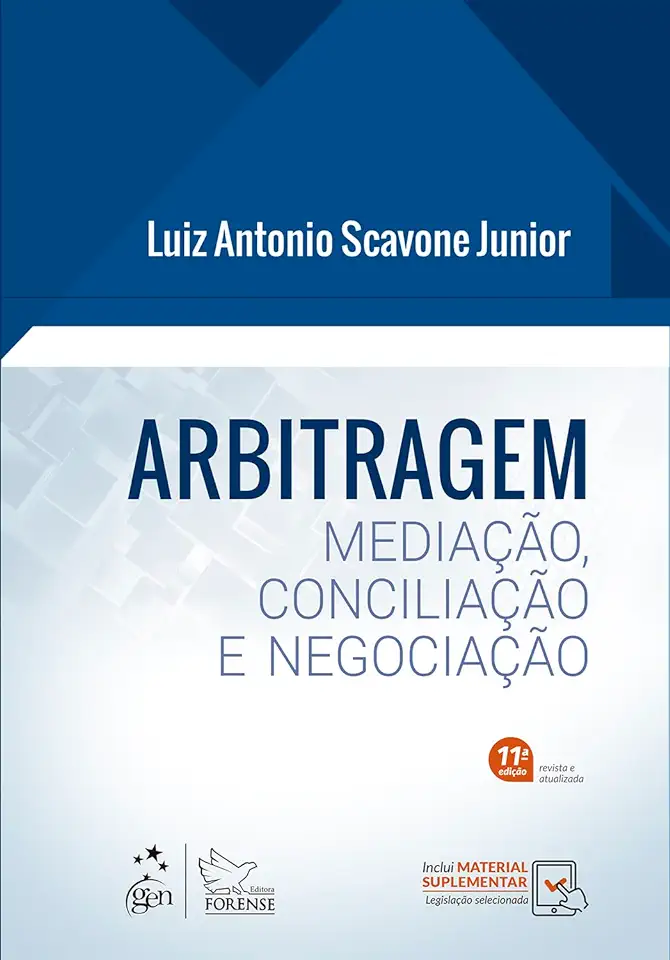
Arbitration Manual - Luiz Antonio Scavone Junior
Arbitration Manual
By Luiz Antonio Scavone Junior
Introduction
In today's fast-paced business world, disputes are inevitable. When they arise, arbitration can be a more efficient and cost-effective alternative to litigation. The Arbitration Manual provides a comprehensive guide to the arbitration process, from start to finish. Written by Luiz Antonio Scavone Junior, a leading expert in international arbitration, this book is essential for anyone who wants to understand and effectively use arbitration to resolve disputes.
What is Arbitration?
Arbitration is a private dispute resolution process in which the parties agree to submit their dispute to a neutral third party, called an arbitrator, for a binding decision. Arbitration is often used in commercial disputes, but it can also be used in other types of disputes, such as employment disputes and personal injury cases.
Why Choose Arbitration?
There are many reasons why arbitration is a good choice for resolving disputes. Some of the benefits of arbitration include:
- Speed: Arbitration is typically faster than litigation. This is because the arbitration process is streamlined and there are fewer procedural delays.
- Cost-effectiveness: Arbitration is often less expensive than litigation. This is because the arbitration process is less formal and there are fewer costs associated with it.
- Confidentiality: Arbitration is confidential, which means that the details of the dispute will not be made public. This can be important for businesses that want to protect their trade secrets or other confidential information.
- Flexibility: Arbitration is flexible, which means that the parties can tailor the process to their specific needs. For example, the parties can agree on the number of arbitrators, the location of the arbitration, and the rules of procedure that will be used.
- Enforceability: Arbitration awards are enforceable in most countries, which means that the parties can be confident that their rights will be protected.
The Arbitration Process
The arbitration process typically involves the following steps:
- The parties agree to arbitrate: The first step in the arbitration process is for the parties to agree to arbitrate their dispute. This agreement can be made in writing, such as in a contract, or it can be made orally.
- The parties select an arbitrator: Once the parties have agreed to arbitrate, they need to select an arbitrator. The arbitrator can be a lawyer, a retired judge, or any other person who has the experience and expertise to decide the dispute.
- The arbitrator conducts a hearing: The arbitrator will hold a hearing, at which the parties will present their evidence and arguments. The arbitrator may also question the parties and witnesses.
- The arbitrator issues an award: After the hearing, the arbitrator will issue an award, which is a binding decision on the parties. The award will typically include a determination of who is liable for the dispute and what damages, if any, should be paid.
Conclusion
Arbitration is a powerful tool for resolving disputes. It is a faster, more cost-effective, and more confidential alternative to litigation. The Arbitration Manual provides a comprehensive guide to the arbitration process, from start to finish. This book is essential for anyone who wants to understand and effectively use arbitration to resolve disputes.
Order Your Copy Today!
The Arbitration Manual is available now on Amazon.com. Order your copy today and learn how to use arbitration to resolve your disputes quickly, cost-effectively, and confidentially.
Enjoyed the summary? Discover all the details and take your reading to the next level — [click here to view the book on Amazon!]